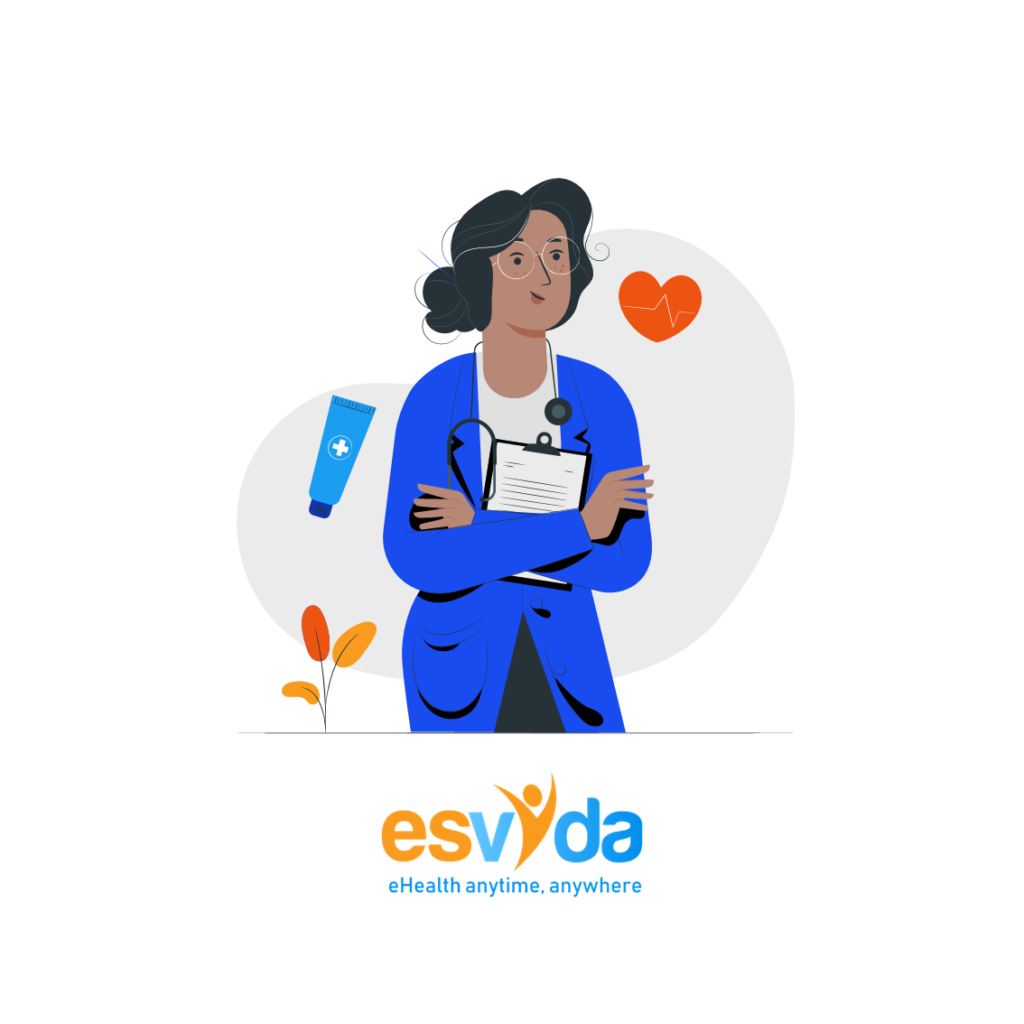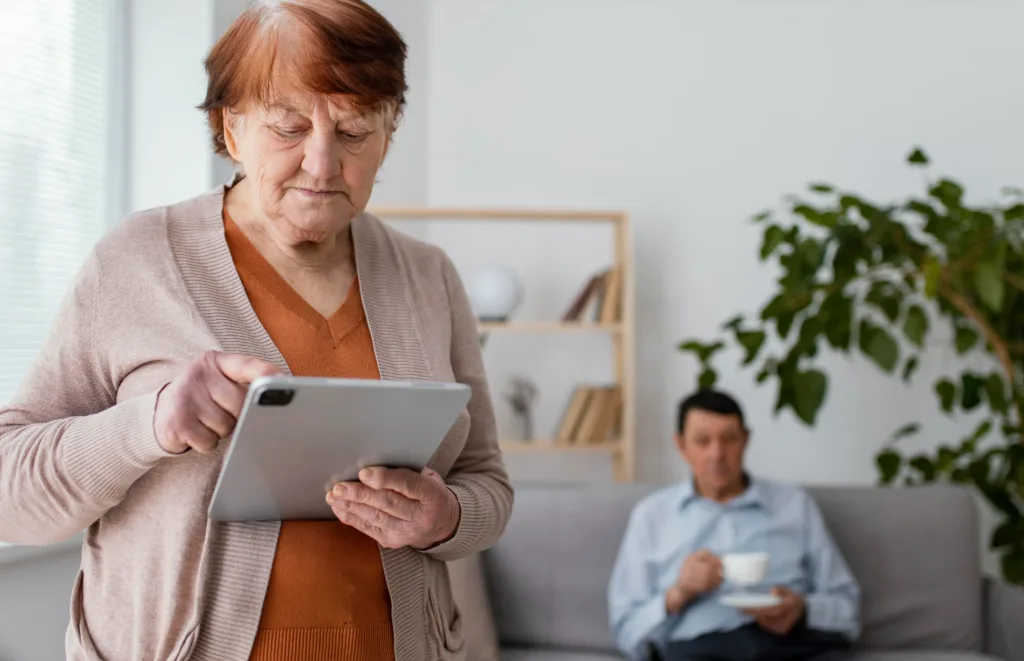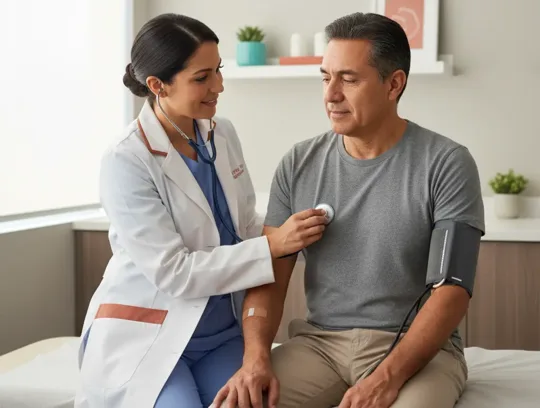Remote medical monitoring of patients in the management of hypertension is a health tool that helps provide rapid and innovative patient care.
What is ?

Hypertension is a common condition, often called the “silent killer.”
High blood pressure, or hypertension, is a common medical problem. occurs when the force of the blood against the walls of the arteries and capillaries becomes too strong. This can cause damage to the heart and brain as well as other organs in the body.
usually does not have any specific symptoms, which is why it is called the “silent killer.” Few people know they have high blood pressure until complications arise from it. However, it can cause serious, life-threatening complications if left untreated.
Hypertension and other cardiovascular diseases are one of the leading causes of death, disability, and health care costs in the United States. Learn about remote patient monitoring solutions, technology, and clinical trials that can help improve quality of life.
Main Symptoms
It is important to know the possible symptoms of hypertension so that you can take action as soon as possible. If you present some of these symptoms, you can consult your doctor for hypertension, a crisis:
- Severe headaches
- Nosebleed
- Fatigue or confusion
- Eye sight problems
- Chest pain
- Irregular heartbeat
- Blood in the urine
- Dizziness
- Sleeping problems
Hypertension and Remote Patient Monitoring
Remote patient monitoring can provide substantial benefits in managing because it could help address healthcare challenges to reduce regulatory burden and increase the availability of treatment access in certain geographic areas.
Esvyda offers a complete remote patient monitoring solution for checking on patients, avoiding a visit to the doctor’s office. Consequently, high-tech medical devices can capture data, including vital signs (blood pressure readings), and manage it automatically with cloud-based software. Customizable alerts notify if levels have been out of a safe range, in order to take timely diagnostics or treatments.


